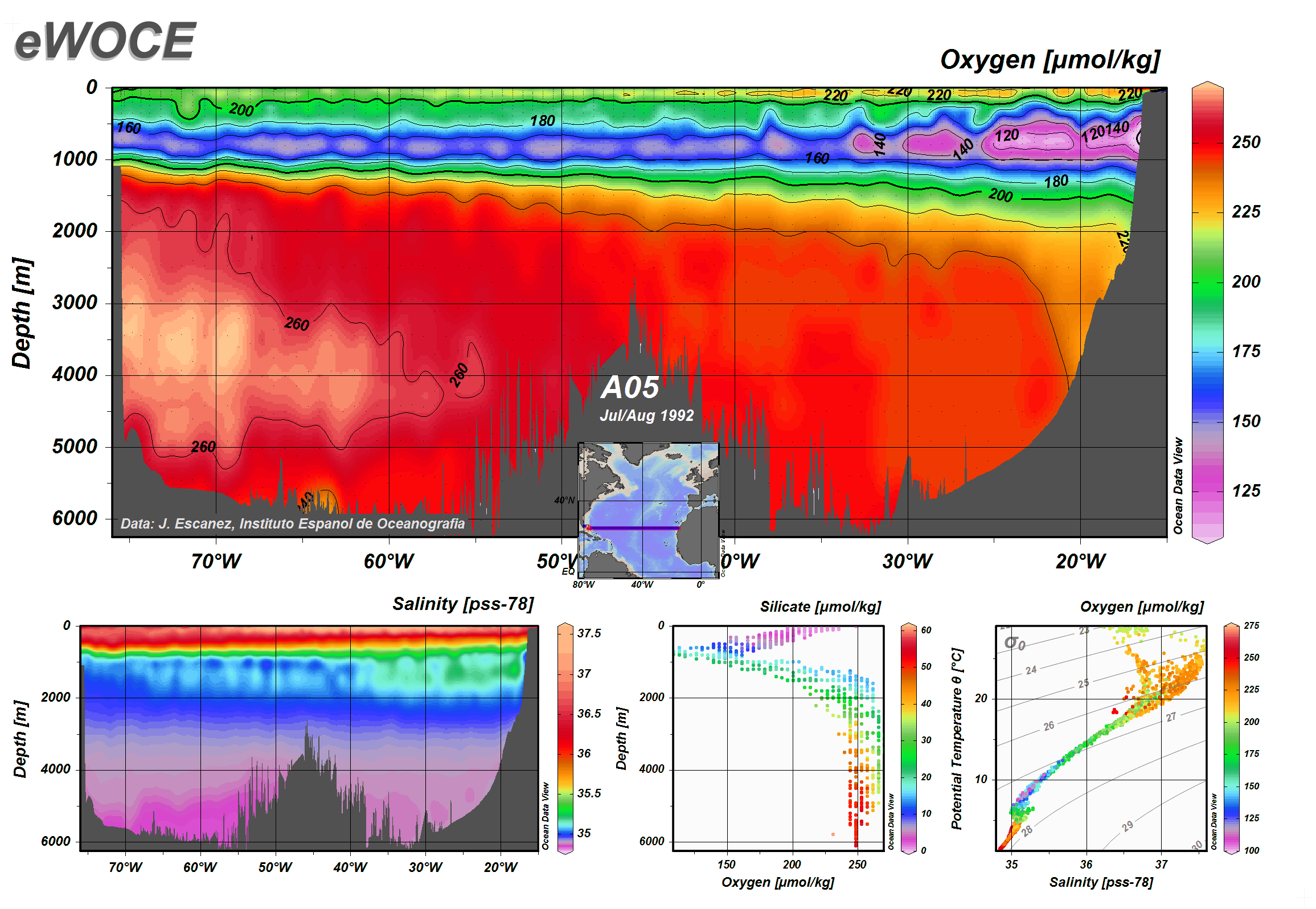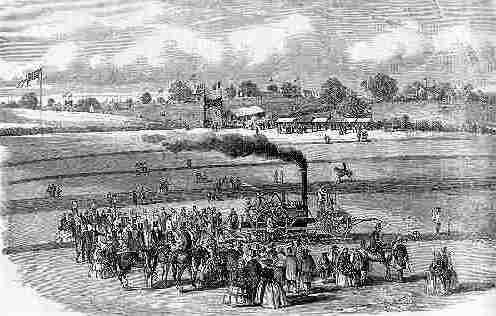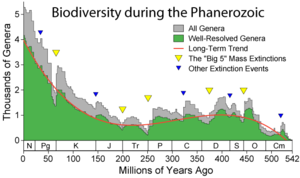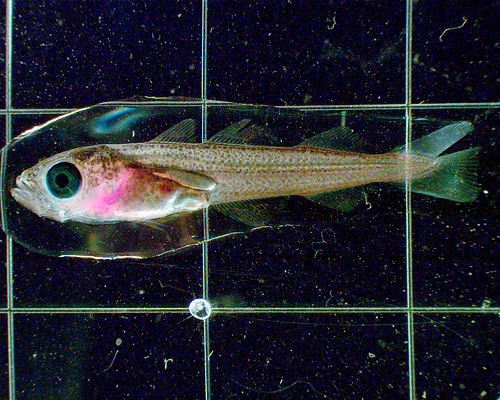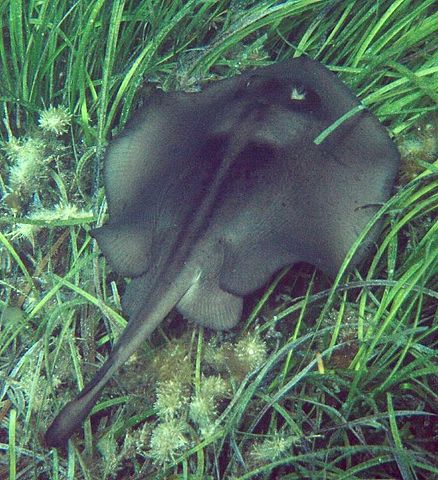...and again there was this electric feeling.
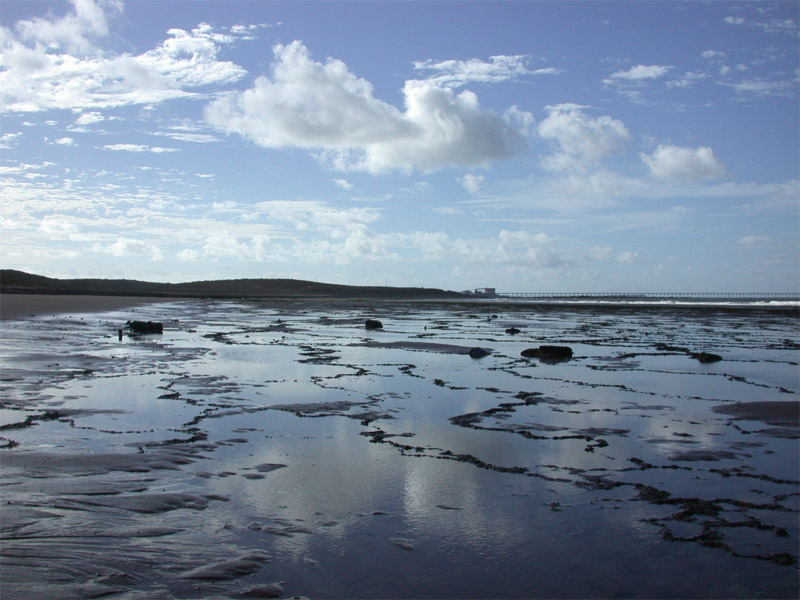 |
| Tidal Flat |
There is electrical power in the see bottom!
Bacteria do the trick. How and why?
First, close to the surface there is oxygen. Deeper in the mud there is little oxygen, or no oxygen at all. There, bacteria live on sulfur chemistry to survive. They do it so well that they need additional electrons, thus electrical current. The oxygen close to the mud's surface with water or air could deliver these electrons.
But how to get these electrons, the current down deep into the mud? Bacteria power lines is the answer. Electrical coupling by long, multicellular bacterial filaments do the job. Those who do the job are named "Desulfobulbaceae".
What's happening; what has been found out?
But how to get these electrons, the current down deep into the mud? Bacteria power lines is the answer. Electrical coupling by long, multicellular bacterial filaments do the job. Those who do the job are named "Desulfobulbaceae".
What's happening; what has been found out?
 |
| Mud Crap |
Deeper in the sediment little oxygen, or no oxygen is found. The sediment is anoxic, and oxygen-consuming organisms cannot survive there. However other organisms are found, for example bacteria that are using sulphate to gain the energy they need. These bacteria exist since billion of years. They are steming from a time when Earth's atmosphere did not contain oxygen and photosynthese producing oxygen was not - widely - used, or not used at all. Today these oxygen-hostile bacteria live in niches well hidden away.
However that particular oxygen-hostile bacterial life leads to accumulation of hydrogen sulphide, the wast of their specific life-style. Hydrogen sulphide is a gas. It is toxic for oxygen-consuming organisms living in the mud. Thus if, hydrogen sulphide accumulates in the mud and penetrates close to the surface or into the sea water it kills the organisms living there.
So how to get rid of it in a well balance ecosystem of mud? Hinder that the wast accumulates; or hinder that the wast is formed ! But how?
So how to get rid of it in a well balance ecosystem of mud? Hinder that the wast accumulates; or hinder that the wast is formed ! But how?
Oxygen is one possibility to transform hydrogen sulphide into inoffensive sulfur and water. But oxygen is scare in mud, and there is better use for it than transforming a toxcit gas in close neighbourhood to oxygen-consuming organisms. Thus, best keep hydrogen sulphide away from oxygen rich mud. But how?
 |
| ...a power line |
The bacteria, when consuming sulfate for gaining their life have to get rid of electrons that are the initial waste of their metabolism. Once these electrons are gone no hydrogen sulfur can form. Thus to do the job, having some electrons "to share upward" would be sufficient. These electrons are captured by oxygen in the surface layer.
So, one needs a powerline to transmit electrons - an electrical current - up to the surface layer of the mud. And that is happening - in scientist's wording (*):
"A major challenge for multicellular organisms is that of supplying every cell with food and oxygen. Nils Risgaard-Petersen and colleagues report a surprising solution to the problem, arrived at by multicelluar filamentous Desulfobulbaceae bacteria several centimetres long, living in the upper layers of marine sediments sampled in Aarhus Bay, Denmark. These organisms seem to function as living electric cables, transporting electrons from sulphides generated in organic matter in deeper anoxic sediments to the oxygen available in the surface layers. These living micro-cables raise a host of topics for future research, and could also find technological applications" as Nature's editor writes (Volume 491 8th November 2012).
(*) Bacterial power cords, Gemma Reguera, NATURE Vol. 491 8th November 2012; Filamentous bacteria transport electrons over centimetre distances, Christian Pfeffer et.al. NATURE Vol. "Oxygen consumption in marine sediments is often coupled to the oxidation of sulphide generated by degradation of organic matter in deeper, oxygen-free layers. Geochemical observations have shown that this coupling can be mediated by electric currents carried by unidentified electron transporters across centimetre-wide zones. Here we present evidence that the native conductors are long, filamentous bacteria. They abounded in sediment zones with electric currents and along their length they contained strings with distinct properties in accordance with a function as electron transporters. Living, electrical cables add a new dimension to the understanding of interactions in nature and may find use in technology development."
Martin.Mundusmaris@gmail.com
info@mundusmaris.org
info@mundusmaris.org

